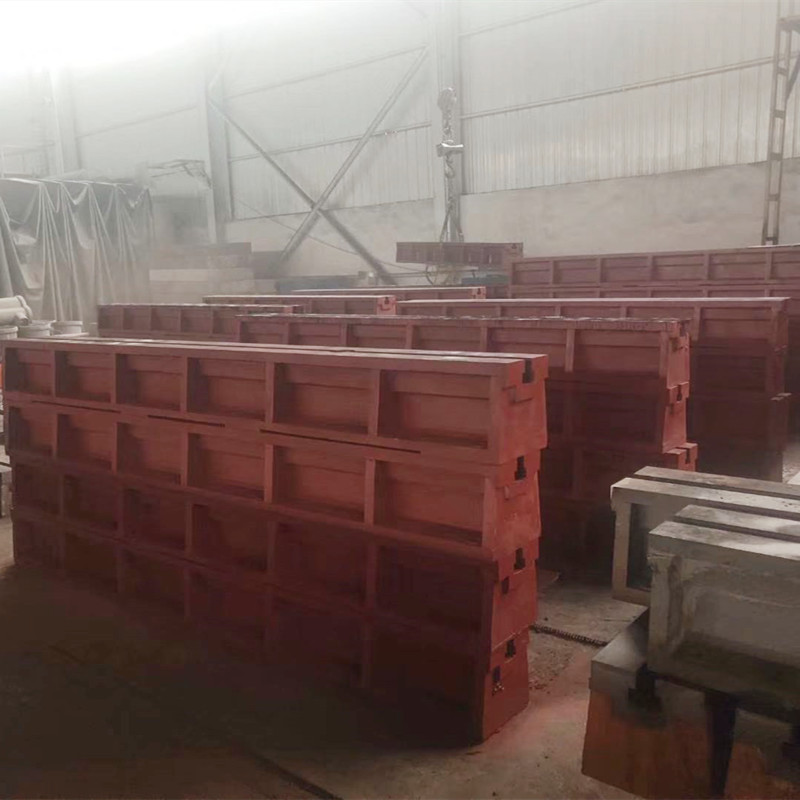Oct . 18, 2024 14:11 Back to list
Understanding and Utilizing Standard Thread Gauges for Precision Measurement
Understanding Standard Thread Gauges A Comprehensive Overview
In the world of manufacturing and mechanical engineering, precision is paramount. One of the critical components that ensure this precision in threaded components is the standard thread gauge. This essential tool plays a crucial role in various industries, from automotive and aerospace to plumbing and construction. In this article, we will delve into the significance, types, and usage of standard thread gauges.
What is a Thread Gauge?
A thread gauge is a tool used to measure the pitch, diameter, and other dimensions of threads on screws, bolts, and other fasteners. It serves two primary purposes to inspect the size and profile of existing threads and to ensure that newly manufactured threads meet specified tolerances. By verifying these measurements, thread gauges help maintain the integrity and functionality of threaded connections.
Importance of Thread Gauges
The importance of thread gauges cannot be overstated. Properly threaded fasteners are crucial for ensuring the safety and effectiveness of various assemblies. Inadequate threading can lead to failures in mechanical systems, resulting in costly repairs or even catastrophic accidents. For instance, in aerospace applications, where reliability is non-negotiable, using thread gauges to verify specifications can be the difference between a safe flight and a mechanical failure.
Further, standard thread gauges help ensure interchangeability among components. Manufacturers can produce parts at different locations, but with standardization, these parts can be seamlessly integrated. This interchangeability is vital in industries that rely on mass production, where components made by different manufacturers must fit together without issue.
Types of Thread Gauges
There are several types of thread gauges, each designed for specific measurements and applications. The most common types include
1. Go/No-Go Gauges These gauges are used to determine whether a thread meets specified dimensions. The Go gauge checks that the thread fits correctly, while the No-Go gauge ensures that the thread is not oversized. This binary approach simplifies quality control during the manufacturing process.
standard thread gauge

2. Thread Pitch Gauges These tools come with multiple blades, each marked with different pitches. They are used to measure the distance between threads. By selecting the blade that fits the thread's pitch, manufacturers can ensure accurate measurements.
3. Ring Gauges Designed for external threads, ring gauges allow for the quick and effective assessment of the thread's outer diameter and profile. They are particularly useful for inspecting bolts and screws.
4. Plug Gauges These are used for internal threads. Plug gauges have specific sizes that match the desired interior thread dimensions. They help to verify that internal threads in components like nuts and tapped holes are correct.
How to Use a Thread Gauge
Using a thread gauge effectively requires precision and a clear understanding of the specifications being measured. Here’s a simplified guide on how to use the different types of thread gauges
1. Using Go/No-Go Gauges First, check the Go gauge against the thread. If it fits easily, the thread is the correct size. Next, test with the No-Go gauge. If it doesn’t fit, the thread is also within acceptable limits. If either gauge fails, the thread must be reworked.
2. Using Thread Pitch Gauges Select a blade from the gauge and fit it against the threads. The correct blade will match the spacing precisely. Always start with the finer pitches and work your way up.
3. Using Ring and Plug Gauges Simply attempt to screw the ring gauge onto the external thread or insert the plug gauge into the internal thread. The fit should be smooth, with no excessive force required.
Conclusion
In conclusion, standard thread gauges are indispensable tools in the manufacturing and engineering sectors. Their ability to ensure precise measurements of threaded components contributes significantly to the overall quality and reliability of mechanical assemblies. By adopting these gauges, manufacturers and engineers can uphold stringent quality standards, thereby ensuring safety, performance, and longevity in their products. As technology advances, the evolution of thread gauges will continue, but their fundamental role in precision engineering remains steadfast.
-
Precision Manufacturing with Advanced Spline Gauge DesignNewsJul.31,2025
-
Industrial-Grade Calibrated Pin Gauges for Exact MeasurementsNewsJul.31,2025
-
Industrial Filtration Systems Depend on Quality Filter DN50 SolutionsNewsJul.31,2025
-
High-Performance Gate Valve WholesaleNewsJul.31,2025
-
Granite Surface Plate The Ultimate Solution for Precision MeasurementNewsJul.31,2025
-
Granite Industrial Tools The Ultimate Guide for Bulk BuyersNewsJul.31,2025
Related PRODUCTS









